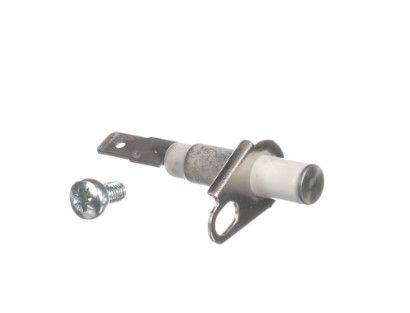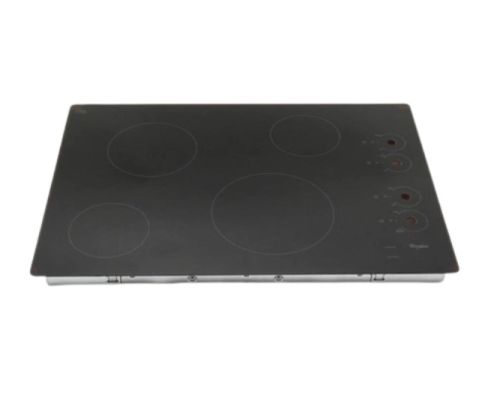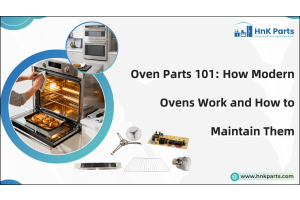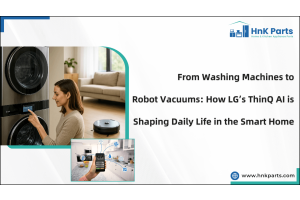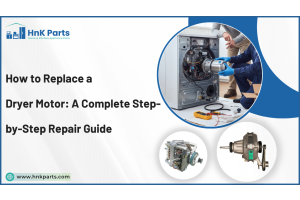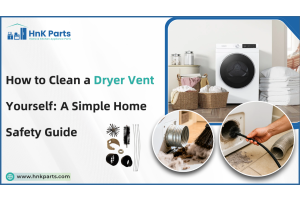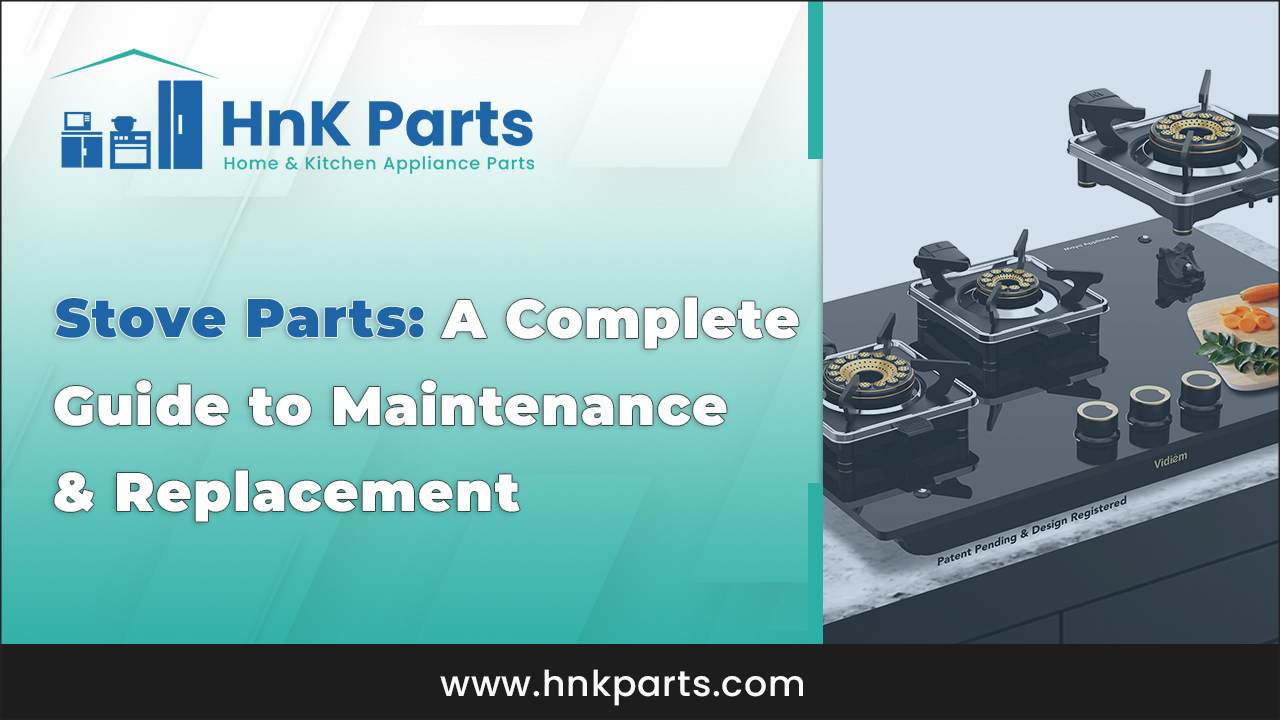
Stove Parts: A Complete Guide to Maintenance and Replacement
A stove is a common appliance found in households and commercial kitchens. It plays a crucial role in culinary activities and is an essential component of any kitchen. The primary function of a stove is to generate heat and distribute it evenly across its cooking surface. This heat is produced by either gas burners or electric heating elements, depending on the type of stove. Gas stoves utilize natural gas or liquefied petroleum gas (LPG) as a fuel source, while electric stoves rely on electricity to generate heat.
The stove has many essential components in it that allow the appliance to operate safely and efficiently. knowing the different gas cooking stove parts is crucial for safety, functionality, maintenance, energy efficiency, and cooking versatility. It empowers users to operate the stove effectively, troubleshoot issues, and optimize their cooking experiences while ensuring a safe and enjoyable culinary environment.
Here we will see about the complete details on the parts of a stove and their cleaning and maintenance tips and also the best brands of stoves.
Parts of a Stove
Parts of a stove refer to the individual components that make up the appliance and contribute to its functionality and operation. Kitchen stove parts can vary depending on the type and model.
Here are the common kitchen stove parts and their function
- Cooktop: This is the flat surface on top of the stove where the cooking is done. It usually has multiple burners or heating elements where pots and pans are placed.
- Burners or Heating Elements: These are the circular or rectangular components on the cooktop that produce flames or heat for cooking food in pots and pans. Gas stoves have gas burners, while electric stoves have electric heating elements.
- Control Knobs: Knobs or dials positioned on the front panel of the stove. These knobs are used to adjust the heat settings for each burner or heating element. They allow you to turn the heat up or down or completely shut off the burner.
- Oven: The oven is a compartment below the cooktop that is used for baking, roasting, and broiling. It is enclosed by a door and has racks inside for placing food.
- Oven Racks: Adjustable metal grates inside the oven that support baking sheets, pans, and other cookware at various heights.
- Oven Controls: The oven controls, usually located on the front panel of the stove, allow you to set the temperature and cooking functions (bake, broil, etc.) for the oven.
- Storage or warmer Drawer: Some stoves have a storage drawer below the oven where you can store pots, pans, baking sheets, and other kitchen utensils and can also be used as warmers in some models.
- Control Panel: This is the vertical panel located behind the cooktop that often contains the control knobs, clock, oven controls, and other buttons or displays.
Gas Stove Burner Parts Vs. Electric Cook Stove Parts
Gas stoves and electric stoves both are popular in cooking appliances. While both serve the same purpose of providing a heat source for cooking, they differ significantly in terms of their functionality, operation, and the components that make them work. Gas stoves rely on a constant supply of fuel and utilize an open flame for cooking, while electric stoves utilize heating elements and require a reliable electrical power source. These distinctions contribute to variations in cooking performance and maintenance requirements.

Gas stoves are well-suited for techniques that demand quick adjustments, such as sautéing and stir-frying. Electric stoves, on the other hand, offer more consistent heat distribution, making them ideal for tasks that require even cooking, such as simmering and slow cooking. To obtain the different cooking results both the stoves have different parts and function accordingly to give the perfect result. Most of the parts will be similar in these stoves, the only component vary is a heating source.
Let us see about these parts individually:
What Are the Parts of a Gas Stove?
Here are the essential gas stove parts:
- Burners: These are the heating elements on the cooktop that produce the flames. Gas burners are typically made of metal and have small holes or openings where the gas is released. There can be multiple burners for a stove and will be controlled by a separate knob or dial individually.
- Burner cap: The primary function of burner caps is to distribute the heat evenly from the burner to the bottom of the cookware. They help create a stable and focused flame by directing the flow of gas. Burner caps are typically made of durable materials like cast iron, enamel-coated cast iron, or stainless steel.
- Control knobs: These are located on the front panel of the stove and are used to control the flow of gas to the burners. Turning the knobs controls the amount of gas being released, thus adjusting the flame size and heat intensity.
- Removable grates: Removable grates provide a stable and elevated surface for placing cookware on the gas stove's burners. They ensure even heat distribution and prevent direct contact between the flame and the cookware.
Along with these gas stove parts if you have a range it then also includes parts such as oven, oven racks, control panel, oven vents, drawers, etc based on the specific model.
Know more about the Parts of an Oven.
What Are the Parts of an Electric Stove?
These are the essential parts of an electric stove:
- Heating elements: Electric stoves have heating elements embedded in the cooktop. These elements generate heat when electricity flows through them. There are generally two types of heating elements used in electric stoves:
Electric coils: These are visible spiral-shaped metal coils that become red-hot when powered on. The cookware is placed directly on top of the coils for heating.
Electric smoothtop: This type of cooktop has a sleek, glass-ceramic surface with heating elements hidden beneath. The surface appears flat when not in use, and the heat is transferred to the cookware placed on top. - Drip Pans: Electric stoves often have removable drip pans or bowls located beneath the heating elements. These drip bowls or pans are designed to catch any spills, drips, or food debris during cooking. They help keep the stovetop clean and prevent any potential damage to the heating elements.
Similar to the gas stove, if your electric stove also has an oven range then it may contain these parts: oven racks, oven drawers, touch control panels, etc.
What Are the Best Stove Brands in 2024?
We have researched many brands that are manufacturing stoves to know their performance and other factors to get the list of the best and most reliable stove brands.
Here we have picked top 5 the best stove brands in 2024:
|
Brands |
Pros |
Cons |
|
GE stove parts |
Push turn knobs for safety Modern design No reaching over steam or fire |
Knobs are easily accessible to children Can be more expensive |
|
Frigidaire stove parts |
Beautiful designs Easy to clean Durable burners No enamel coating |
Not too user-friendly access Lack of smart additional features The oven runs hotter than other brands |
|
Whirlpool stove parts |
Easy to clean The oven light is bright Effective burners Perfect design |
Sometimes broiler takes time to ignite Poor knobs |
|
Samsung |
Powerful burners Sleek and modern designs Widely available in many countries |
A bit of poor customer service OEM replacements take time to deliver |
|
Kenmore stove parts |
Durable parts Storage cabinets available Affordable prices |
Burners should be cleaned more frequently Poor customer service Led display issues |
All these brands' stoves are made with high-quality materials to improve product efficiency and to give long-lasting performance. We have picked the best brands that are durable, reliable, and which have top safety standards with advanced smart features.
Tips for Cleaning & Maintaining Your Stove and its Components
Here are some basic tips for maintaining gas stove components and electric stove components to ensure optimal performance.
- Regular wiping: After each use, wipe down the stove surface with a soft cloth or sponge to remove any spills or splatters. This prevents the buildup of grime.
- Burner grates and drip pans: Remove the burner grates and drip pans, if applicable, and soak them in warm, soapy water and scrub them gently with a brush.
- Control knobs and control panel: Remove the control knobs and control panel and clean them separately. Use a soft, damp cloth to wipe the control panel and remove any grease or spills and dry them before placing back on the stove.
- Stovetop: For smooth glass or ceramic stovetops, allow them to cool down completely before cleaning. Use a non-abrasive cleaner specifically designed for glass or ceramic surfaces.
- Oven: For self-cleaning ovens, follow the manufacturer's guidelines on how to use the self-cleaning feature. For non-self-cleaning ovens, remove the oven racks and clean them separately using warm, soapy water.
- Ventilation system: Clean the hood or exhaust fan regularly by removing the filters and washing them with warm, soapy water.
Follow these basic tips and keep your stove working efficiently enhancing the performance.
Read more to know the best ways to keep Home appliances in good shape.
Common Problems That Can Arise With Different Components of a Stove and How to Troubleshoot Them
Stoves are used regularly in our kitchen and are one of the essentials in cooking food. These stoves might cause some common problems and need maintenance to continue your cooking process.
Here we have mentioned some common problems with the parts of a stove and how to troubleshoot them:
Burner Not Heating: Check if the burner is properly connected to the stove and seated correctly.
- Clean the burner and remove any debris or food particles that may be blocking the gas ports or electric heating elements.
- For gas stoves, ensure the gas supply valve is open and the gas line is not clogged.
- If it's an electric stove, test the burner with a different one to determine if the issue is with the burner or the stove itself.
If none of the burners are heating, check the circuit breaker or fuse box to ensure there is power to the stove.
Uneven Heating: Clean any food residue or debris from the burner or heating element.
- Ensure the burner or heating element is level and properly seated.
- For gas stoves, adjust the air shutter to regulate the gas flow and achieve a proper flame.
- For electric stoves, check for any visible damage to the heating element and replace if necessary.
- Consider using cookware that has a flat and even bottom to ensure efficient heat transfer.
Oven Not Heating: Check if the oven temperature is properly set and the control knobs are turned to the desired temperature.
- Verify that the oven is receiving power.
- check whether heating elements have any damage, if faulty, it's time for replacement.
- If the oven has a separate broil element, test to see if it's working.
- If the broil element heats but the bake element does not, the bake element may be faulty.
Control Panel or Knob Problems: Check if the control panel is properly connected and getting power.
- Clean the control panel and knobs to remove any dirt or residue that may be affecting their functionality.
- If the knobs are loose or not turning properly, tighten or replace them as necessary.
- If the control panel displays error codes or malfunctions persist, consult the stove's manual or contact a professional for assistance.
Ignition Issues (Gas Stoves): Ensure the gas supply valve is open.
- Clean the igniter and burner assembly to remove any dirt or debris that may be blocking the ignition.
- A faulty igniter may need to be replaced.If you hear clicking but don't see a flame, the burner ports may be clogged.
- Clean them with a wire brush or needle.
If any of these troubleshoots don't work or you need more assistance to solve the problem with your stove, you have to consult a professional technician to get it solved quickly. Reaching out to an authorized repair service is more advisable as they will be having a comprehensive knowledge of your stove and model. If you found any leakages of gas or any malfunctions with your electric stoves you have to reach out to a professional for sure.
Where to Buy Stove Parts?
Parts of a electric stove can be bought from several online and offline retailers, but you may receive faulty and aftermarket parts from them. It is recommended that you buy gas stove parts from authorized dealers to get the best quality parts and accessories that are genuine and original.
You can buy gas cooking stove parts from HnKParts, where we provide the best quality and genuine OEM parts and accessories. We offer parts for various stove brands that are readily available for shipping.
It is always better to know the function of your gas stove parts to troubleshoot them immediately if needed. Consult the professional if you have any major issues with your stove or if you are unfamiliar with the problem raised.
FAQs
What are the metal things on a stove top called?
The metal things on a stove top are called "burners" or "coils" in most common stoves. These are the elements that generate heat and are responsible for heating the pots and pans placed on them. Burners come in various shapes and sizes, depending on the type and model of the stove. Some parts of a stove top may have solid cast iron burners, while others have electric coils or smooth glass-ceramic surfaces with built-in heating elements.
What is a stove oven unit called?
A stove oven unit is commonly referred to as a "range" or a "stove range." It combines both a cooktop (the stove top with burners) and an oven in a single appliance. The range typically includes a control panel for adjusting the temperature settings of the oven and the burners. It is a versatile kitchen appliance used for cooking, baking, and roasting. Ranges come in various styles, including gas ranges, electric ranges, and dual fuel ranges that combine gas cooktops with electric ovens.
Is it better to repair or replace a stove?
Deciding whether to repair or replace a stove depends on factors such as the extent of damage, age of the stove, repair costs, and personal preference. If the repair is minor and cost-effective, it's usually better to repair. However, if the stove is old, has significant issues, or the repair costs are high, replacing it may be a more practical choice. Consider energy efficiency, warranty, and your attachment to the stove when making the decision. Consulting a professional technician can provide valuable advice.
How often do you need to replace a stovetop?
The frequency of replacing a stovetop can vary depending on factors such as usage, maintenance, and quality. Generally, a well-maintained stovetop can last anywhere from 10 to 20 years or even longer. However, the need for replacement can arise if the stovetop develops significant issues, safety concerns, or becomes inefficient. Regular maintenance and following the manufacturer's guidelines can help prolong its lifespan.
What time of year is best to buy a stovetop?
The best time of year to buy a stovetop varies, but you can find good deals during holiday sales like Black Friday, Cyber Monday, Memorial Day, and Labor Day. End-of-year clearance sales and promotions when new models are released are also great opportunities to find discounted stovetops. Keep an eye out for appliance store sales and stay updated on promotions to get the best price.



